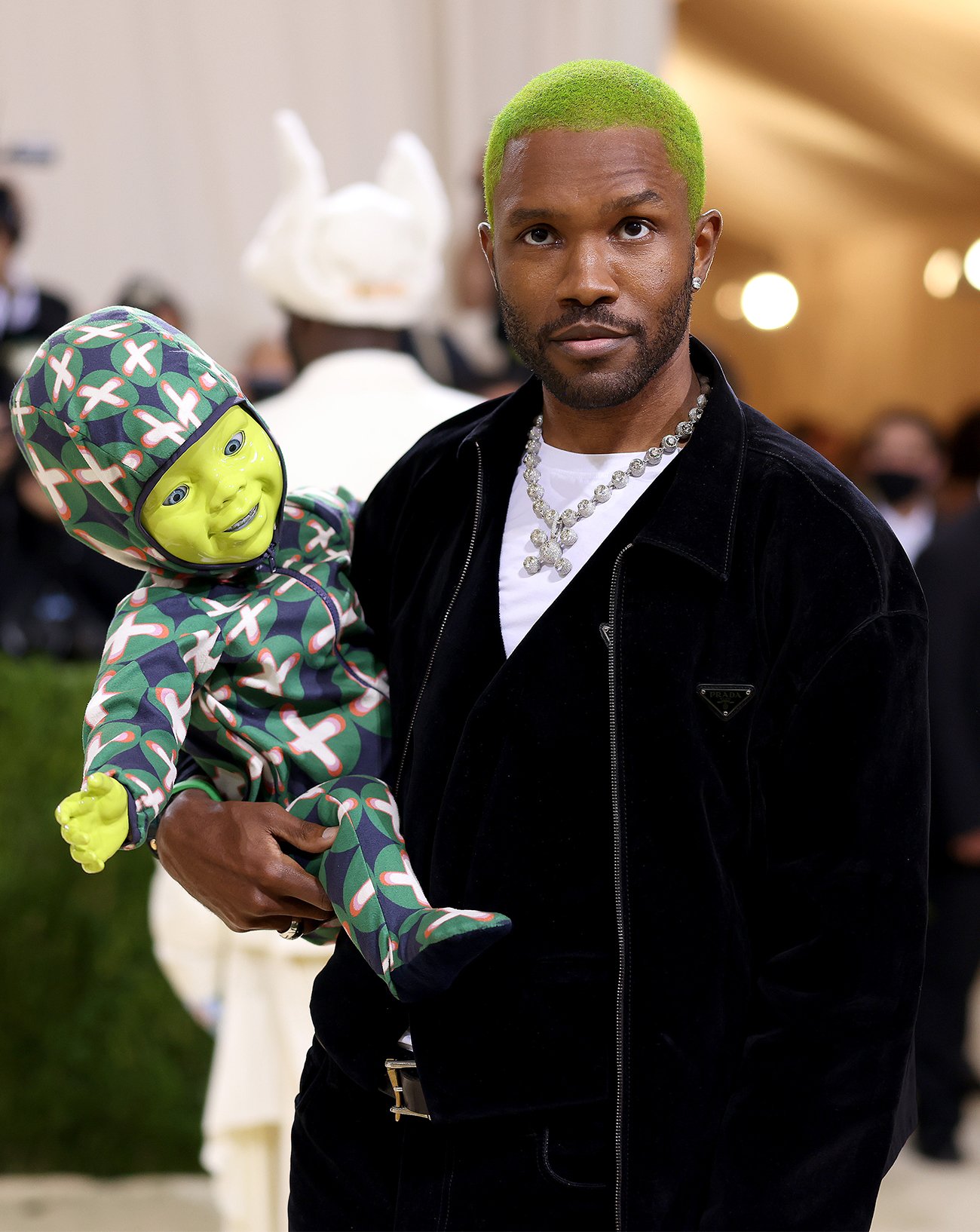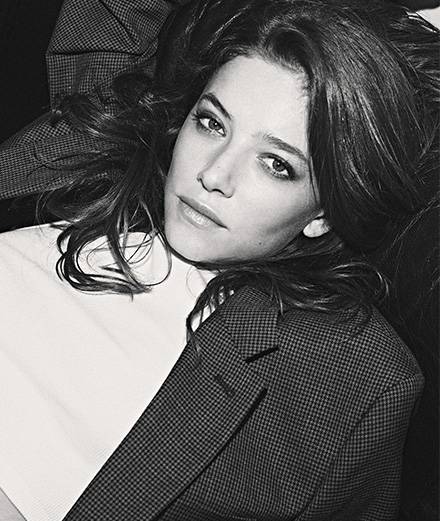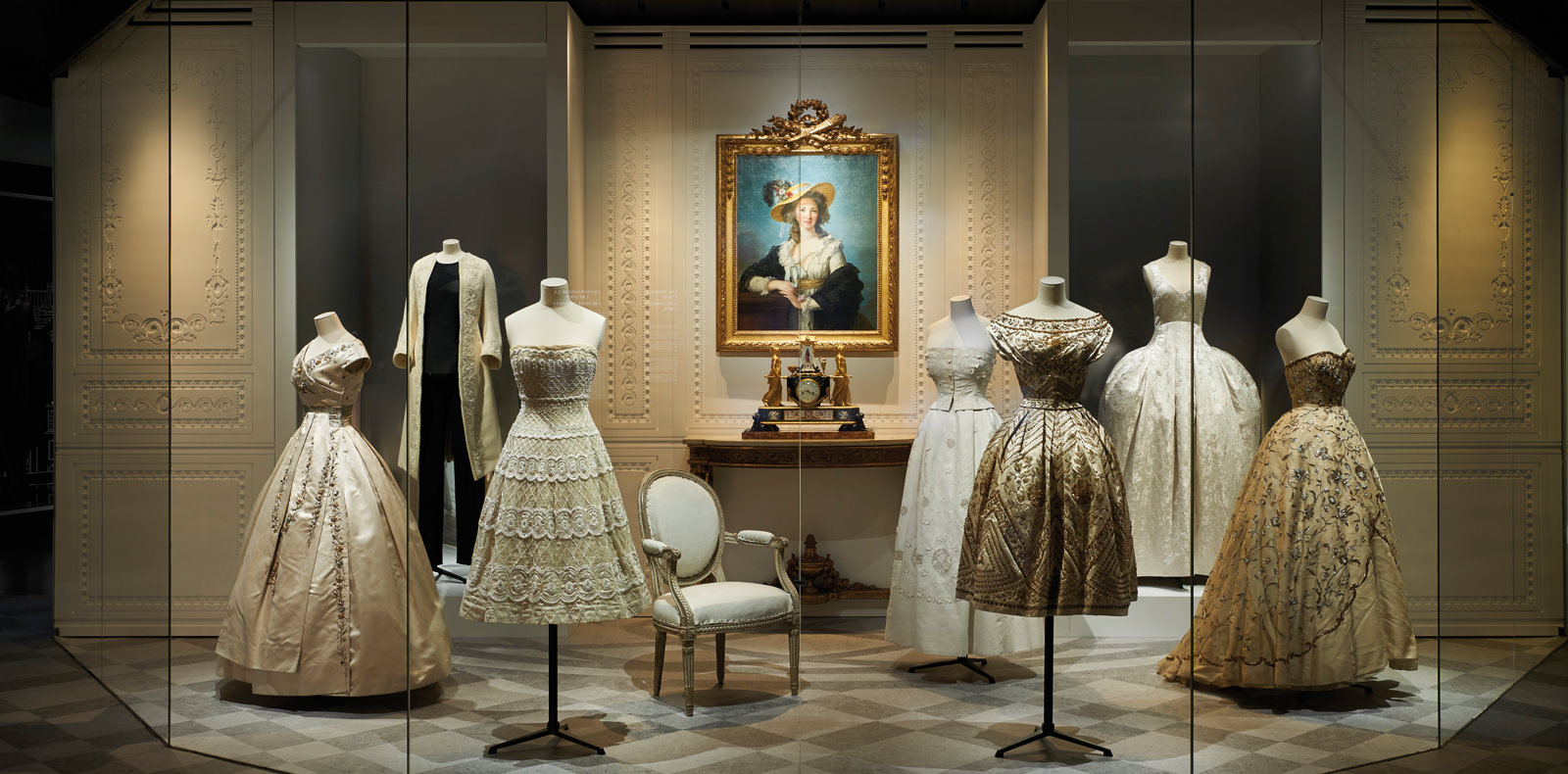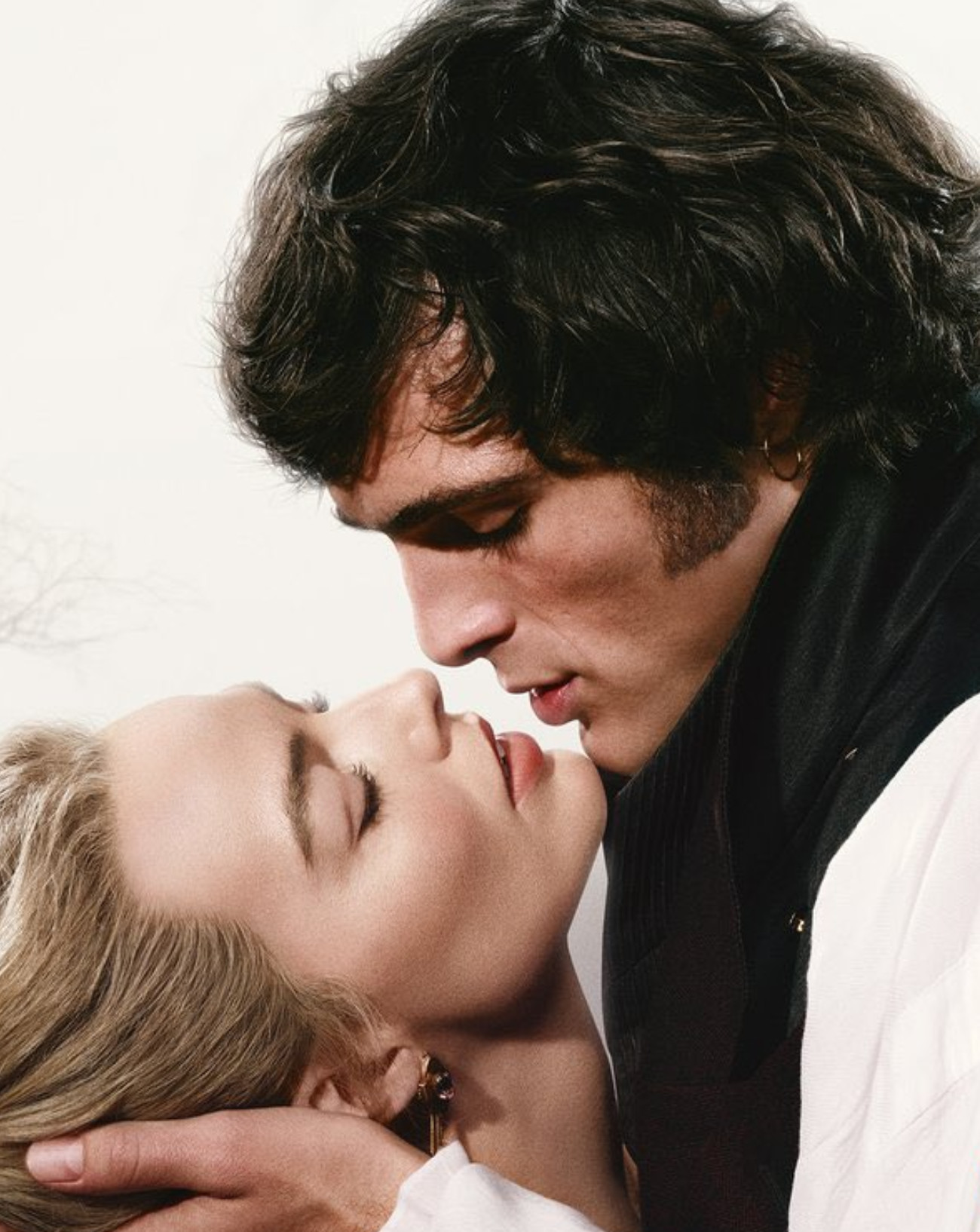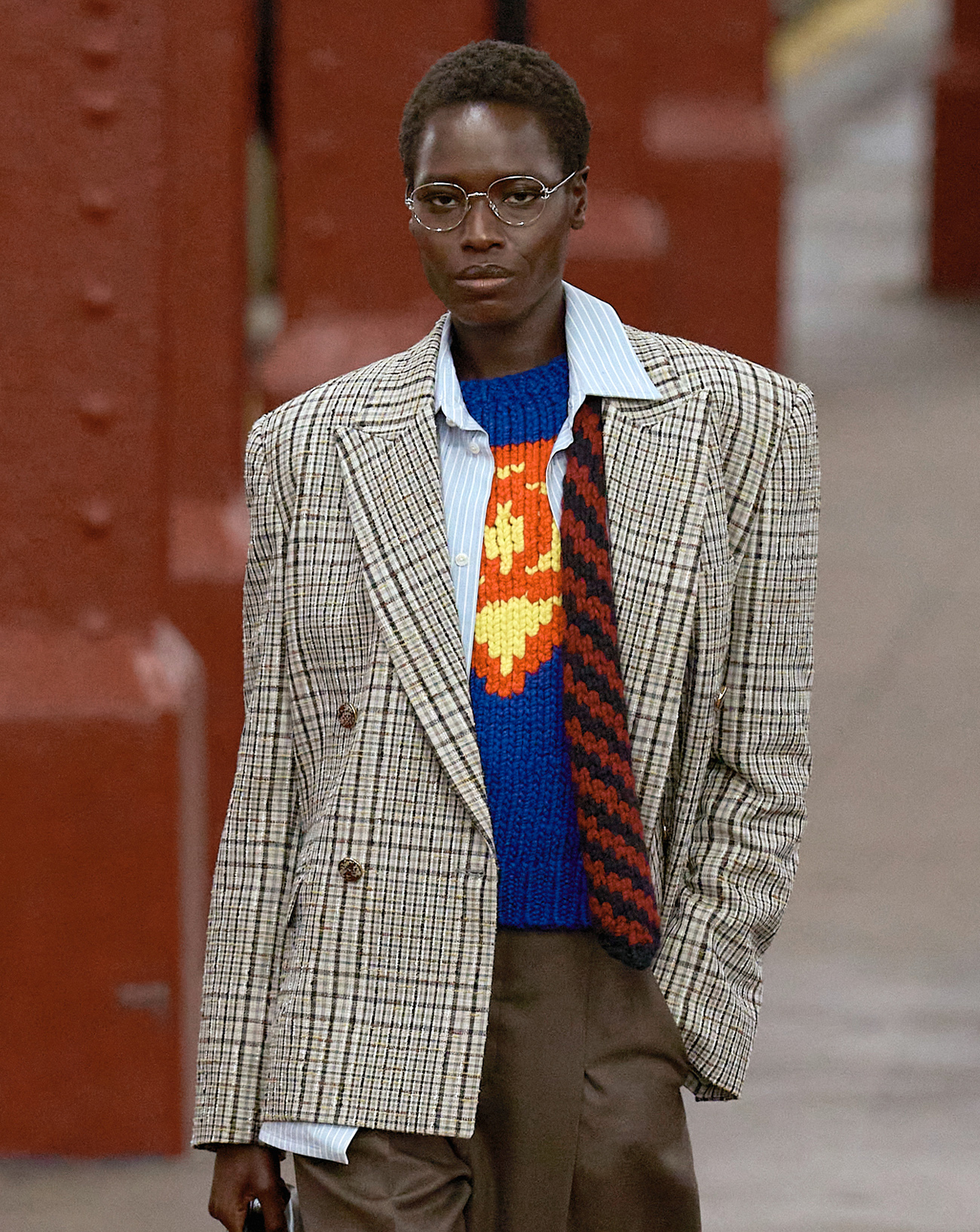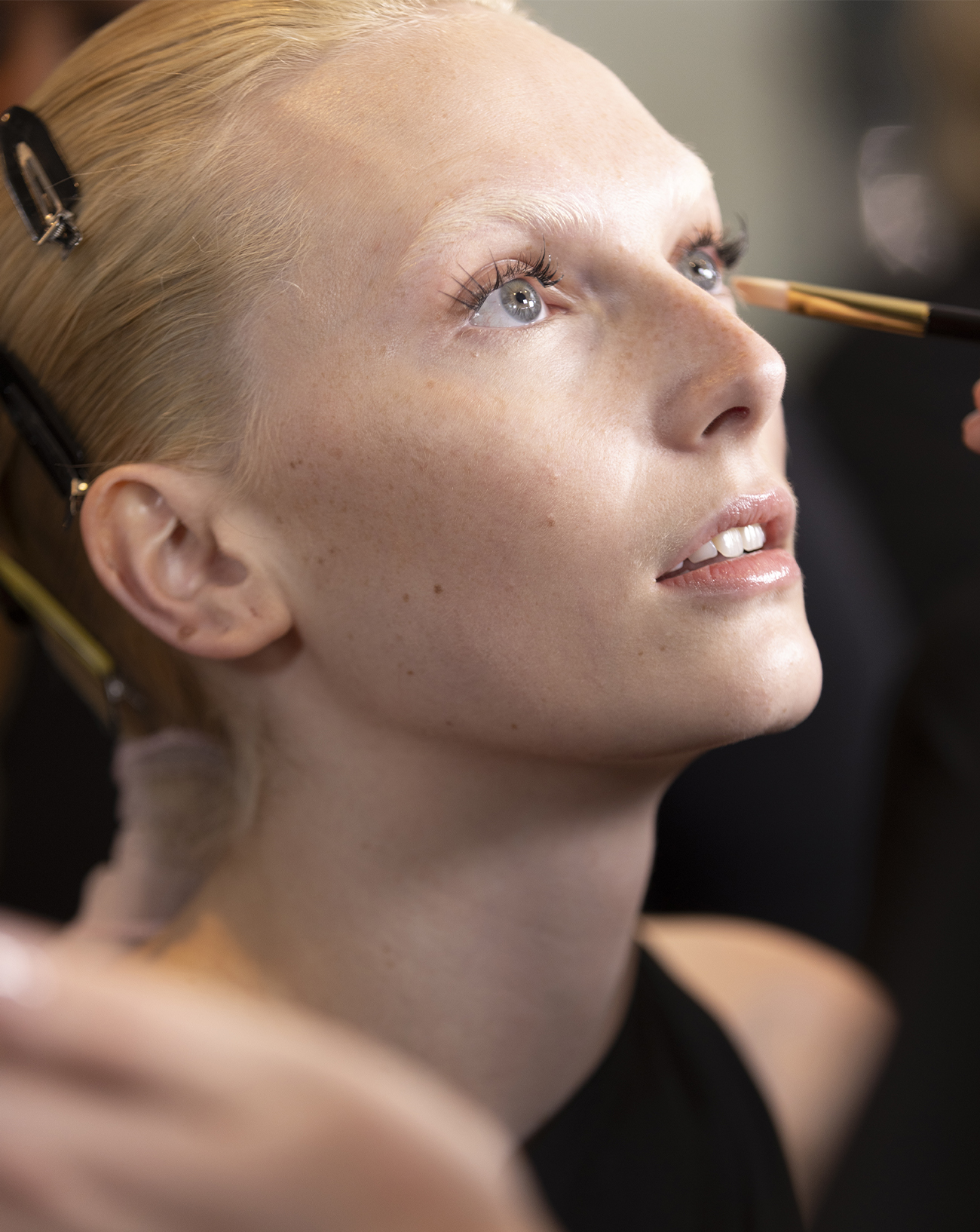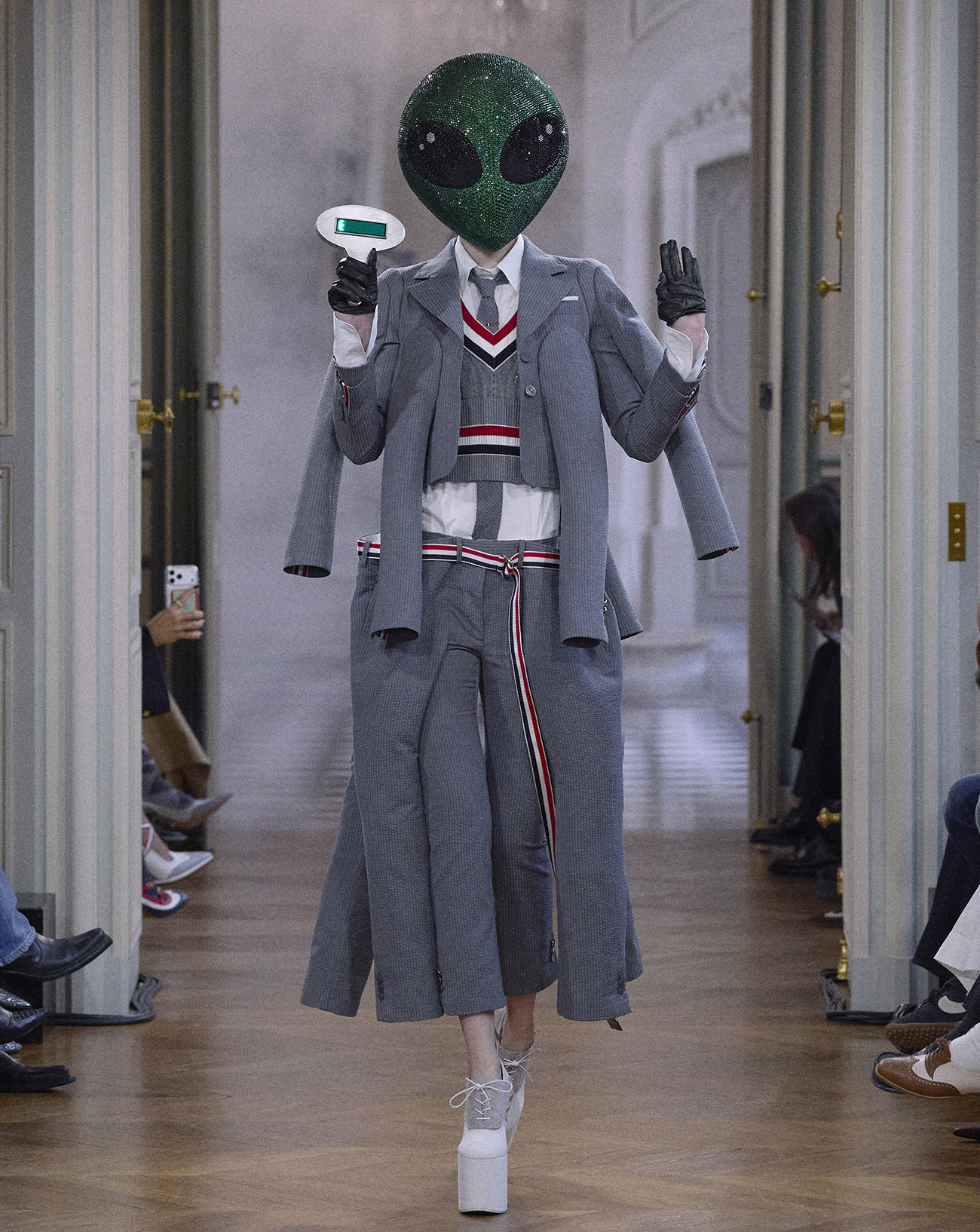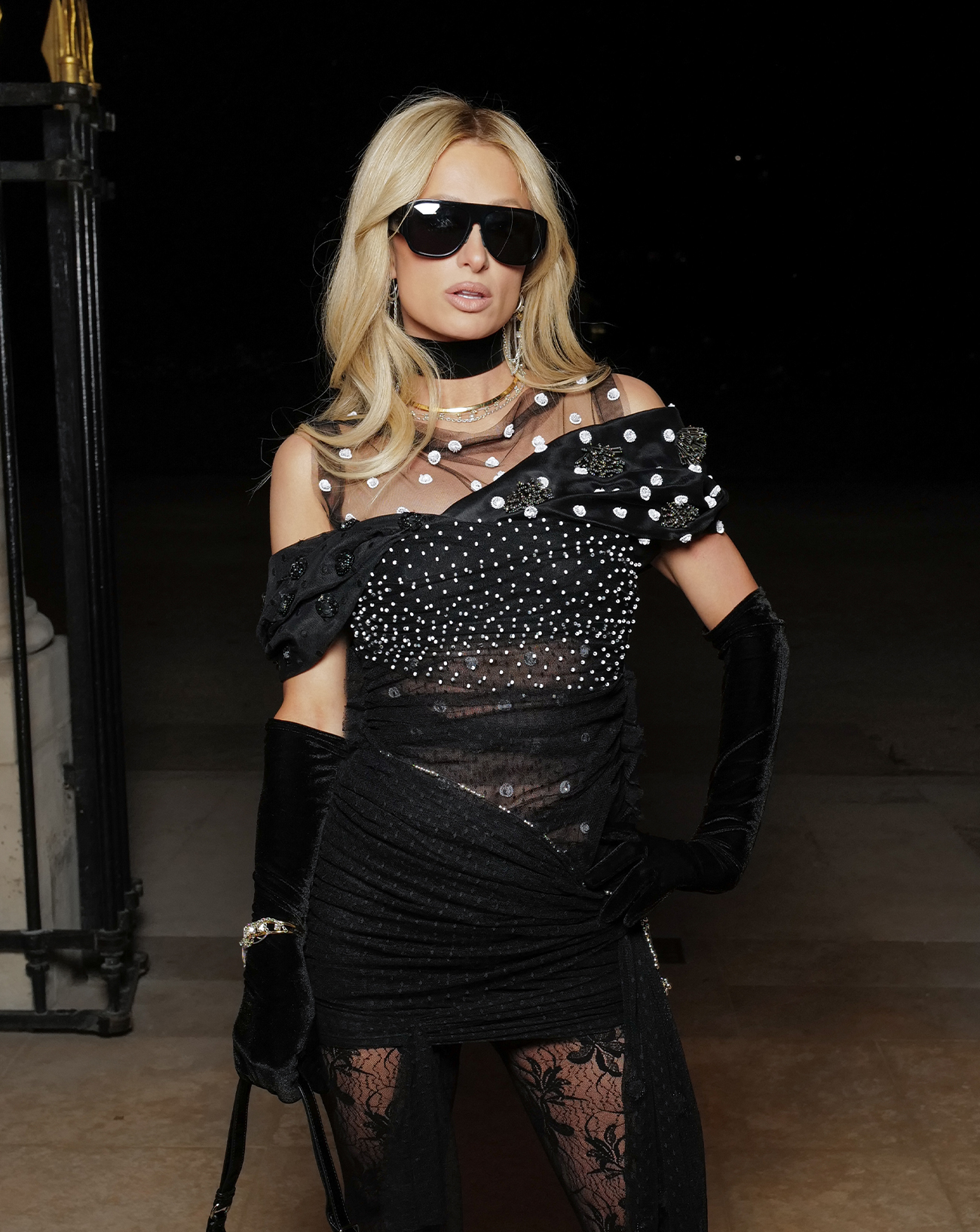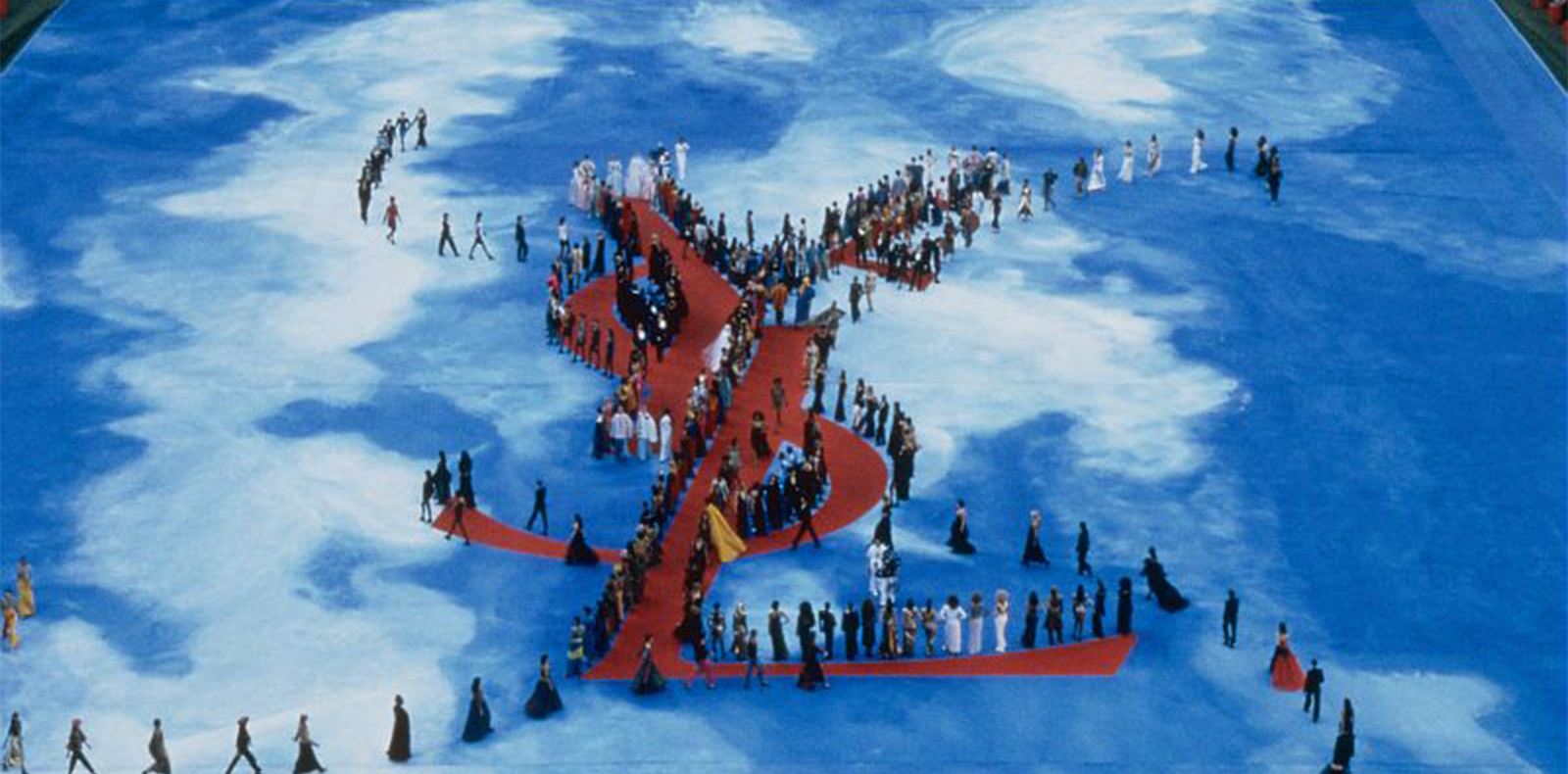
5
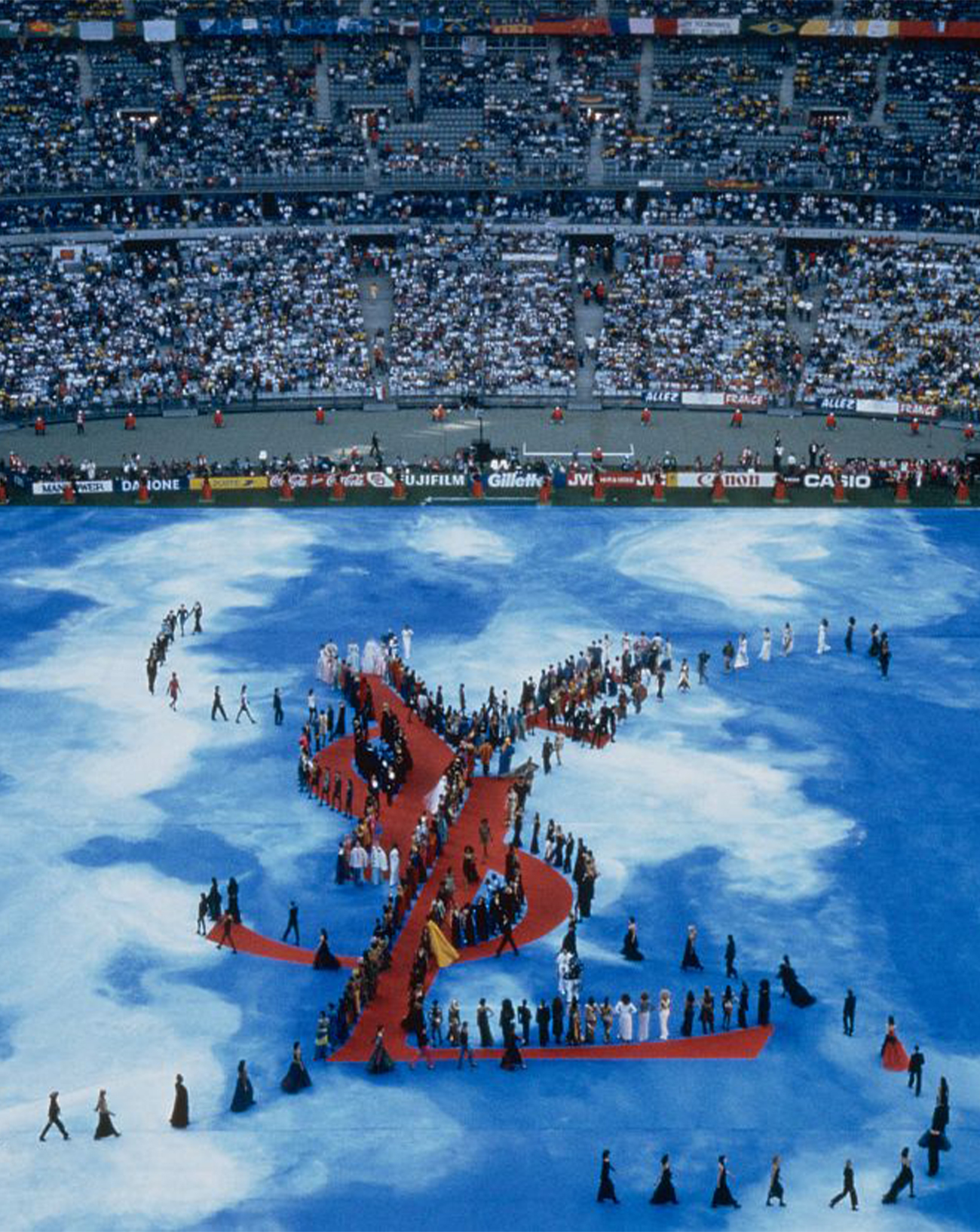
5
5 spectacular fashion shows that made fashion history
Lately, fashion weeks gave us an opportunity to enjoy shows that were all more impressive than the next: a theatrical performance at the Palais de Chaillot for Maison Margiela Artisanal, a show on the stairs of the Piazza di Spagna in Rome for Valentino, fireballs released at the Palais de Tokyo for Rick Owens… These were sensational presentations, which made quite an impression on the audience and whipped social media into a frenzy.
Presenting a collection did not always involve spectacular shows. In the first half of the 20th century, Haute couture creations were presented on models to a handful of valued clients and a few journalists in the intimacy of small private rooms. From time to time, couturiers would venture beyond these plush padded spaces to explore other venues: the stage for instance, like Paul Poiret who designed the costumes of the play Le Minaret in 1913, while Gabrielle Chanel created the outfits for the Russian ballet Le Train Bleu in 1924. In the late 1960s, the advent of ready-to-wear and the popularisation of fashion transformed the purpose and format of fashion shows, while the role of designers evolved: new names such as Thierry Mugler or Jean-Paul Gaultier surfaced. Far from the stiff rituals of Haute couture presentations, ready-to-wear opened up a wealth of possibilities and fashion designers became stage directors, transforming the catwalk into short shows in which they expressed their creative vision. From Alexander McQueen to Martin Margiela, including Yves Saint Laurent, discover five fashion shows that revolutionised the history of fashion.
1. The Thierry Mugler fall-winter 1984-1985 and fall-winter 1995-1996 shows
Thierry Mugler was the first – and probably the best – showrunner in fashion. He made his mark in 1984 with an anniversary show of unprecedented scale, ten years after the creation of his house. Organised at the Zenith concert hall in Paris, the show took place on a 35-metre catwalk and was open to the public for the first time (something that inspired other labels, such as Marine Serre for her spring-summer 2023 show last June and Diesel’s upcoming show in September). The event was memorable: in all, 6,000 paying guests attended the show. In an exceptional turn of events, Thierry Mugler coordinated everything himself, from the lights to the set, including the 250 outfits that were shown to a soundtrack compiling the hits of the time. To celebrate the 20th anniversary of the brand, the designer repeated the experience, but this time at the Cirque d’Hiver venue. Once again, he oversaw all the details of the completely outrageous show, which aired on television, in full and live on the local TV network Paris Première. This was unheard of for a fashion show, and it would become a habit over the next few years. To the tune of Bobby Byrd and James Brown’s Sex Machine, supermodels Naomi Campbell, Jerry Hall, Claudia Schiffer and Kate Moss wore his most iconic creations, confirming his boundless genius. As a backdrop, he designed a spectacular stage with a huge star at its centre, a reference to the heady Angel fragrance. Some of the cult looks from this show have made history: his metal and Plexiglas jumpsuit designed with the artist Jean-Jacques Urcun made the front page of the most prestigious fashion magazines, as well as his velvet and satin dress inspired by the painting The Birth of Venus by the Renaissance painter Botticelli, which would be worn by Cardi B at the Grammy Awards in 2019… A real fashion moment, whose lasting impact was showcased in the exhibition dedicated to the creator at the Musée des Arts Décoratifs (the Paris Museum of Decorative Arts) until last April. And while Thierry Manfred Mugler sadly passed away earlier this year, the glamorous extravagance of his house lives on, perpetuated by the brilliant American designer Casey Cadwallader who joined the house in 2017 – and who demonstrated it in the video of his latest spring-summer 2022 collection.
2. The Martin Margiela spring-summer 1989 show
Late October 1988, in a small Parisian cabaret with 300 seats, the fashion world was in turmoil. They were sitting on rough wooden benches in the Café de la Gare theatre, among them Jean-Paul Gaultier, waiting for the first show of the Belgian designer Martin Margiela, who had just graduated from the Royal Academy of Fine Arts Antwerp. The invitation was a simple newspaper page sent out ten days before, which featured the information about the show circled in red, lost among the ads. In the theatre, the set was just as unassuming: large white canvases on the floor served as a catwalk, welcoming a sequence of 52 looks to songs by the Rolling Stones, Iggy Pop and the Velvet Underground, while the models walked among the guests. The models’ feet were dipped in fresh paint and stained the runway red. Some were barefoot, while others wore the famous Tabis, which the designer introduced at the first runway show before commercializing them in 1992. Designed as an “invisible” shoe, the boot, whose form separates the big toe from the rest of the foot, must give the illusion of a bare foot balanced on a heel. At least that is what the traces on the floor – used as a pattern for the following show – suggest. The models’ faces were completely anonymous, hidden behind veils, even though that decade had witnessed the birth of the first supermodels (in 1998, he even had hangers appear instead of models). With his nonconformist approach to fashion, Martin Margiela transformed the classic presentation into an artistic happening, which, moreover, showcased the cornerstones of his practice: the colour white, underground venues, nudity treated like a material… For this collection, the house had only seven clients, of whom only two were delivered due to production issues. Beyond its purely commercial ambition, this show laid the foundations of the designer’s world and was nevertheless a media sensation, so much so that the following invitations were snapped up, both for their originality and their symbolic value. A frenzy that the designer would continue to feed by organising his next show a year later in an abandoned garden in the 20th arrondissement of Paris, with, for invitations, drawings coloured in felt pens by children… The Margiela legend was born.
3. The Versace fall-winter 1999-2000 show
While Martin Margiela hid the faces of his models, Gianni Versace chose to make them the climax of his shows. In particular for his fall-winter 1991-1992 collection, which was a must-see as it ushered in the flamboyant era of supermodels. While for several months George Michael’s hit Freedom! ’90 had been taking the airwaves by storm, the Italian designer chose it as the soundtrack of his presentation. But he didn’t just borrow the catchy tune from the singer… The video for the song, released in October 1990, featured five models who were famous for their magazine covers but appeared seldom in fashion shows: Naomi Campbell, Linda Evangelista, Tatjana Patitz, Christy Turlington and Cindy Crawford. It was then that Gianni Versace, inspired by his sister Donatella, decided to invite them on his catwalk. Early 1991, the models set the catwalk ablaze and it has since become a cult show. Fiendishly sexy, they wore Versace’s tight, colourful designs for the finale, holding hands, lip-synching the lyrics to Freedom! ’90. The audience was galvanised: the supermodels were born, who would go on to land the biggest contracts for the following decades while walking the catwalks of the most prestigious fashion houses, all of which would be snapping them up in the aftermath of this show. In 2018, Donatella Versace, who succeeded her brother after his murder in 1997, paid tribute to this iconic fashion moment by inviting the stars of the 1991 catwalk to close her show; Carla Bruni, Claudia Schiffer, Naomi Campbell, Cindy Crawford, Helena Christensen… God created woman, and Versace the supermodel.
4. The Alexander McQueen spring-summer 1999 show
Alexander McQueen was famous for his many sensational performances: for instance his catwalk recreating a giant chess game in 2005, the presentation that (literally) caught fire in 1997 or his famous Voss show in 2001 in which the writer Michelle Olley appeared naked with a mask. The English designer, who sadly passed away in 2010, spared no expenses and challenged his audiences. The man known for being the enfant terrible of fashion organised a performance in a disused warehouse for his N°13 spring-summer 1999 show, which left its mark both on the history of fashion and that of his house. Far from a marketing stunt – the house even refused to invite Victoria Beckham, who was not at the time a respected businesswoman, in order to focus the public’s attention on the catwalk. The models walked around two motionless robots set up on either side of the room, similar to those used to paint car bodies. For the finale, Shalom Harlow took her place in the centre of the room. Standing on a turntable, she wore a white strapless gown cinched with a belt. To increasingly piercing opera music, she struggled as the now animated robots sprayed black and yellow paint onto the pristine muslin of her outfit. In the manner of abstract painter Jackson Pollock’s drippings, the dress was covered in splashes of colour, a full-scale expression of Alexander McQueen‘s genius. Then Shalom Harlow walked towards the cameras, her face splattered in paint, before exiting the catwalk. Neither the designer nor the stunned spectators could have anticipated the outcome of this performance, and therein lies the heart of the matter. The violence of an industry that is ever more demanding of designers gripped by fear of the blank page, the dichotomy between industrial production (the robots) and crafts, with the whitework needlework on the dress, while the other outfits in his show made of leather, wood or raffia paid tribute to Arts and Crafts (a founding movement in the English decorative arts in the late 19th century). All statements that Alexander McQueen would continue to make in his shows.
5. The Yves Saint Laurent show on 12th July 1998
Although Yves Saint Laurent was better known for the elegance of his fashion shows than for their extravagance, the one held on 12th July 1998 was the exception that proved the rule. Organised at the Stade de France during the World Cup final, it was held in front of the 84,000 people in the stands of this memorable game and its 1.7 billion television viewers. The tremendous audience, equal to the designer’s career, celebrated the legacy of his house, which opened in 1962. Filling a stadium with his or her creations was something no designer had ever imagined before: except Yves Saint Laurent, who brought together more than 300 pieces from his archives for the occasion, scouring through 174 of his collections. His safari jacket walked across the pitch of the Stade de France, followed by his iconic tuxedo trouser suit, his Mondrian dress, his jackets embroidered with quotations by Cocteau and Apollinaire… In all, the fifteen-minute show required the expertise of more than 900 people, including a host of supermodels such as Carla Bruni, Adriana Karembeu, and his muse Laetitia Casta. In a six-part choreography, the outfits were organised by theme, with the models joining in the centre of the field for the finale, forming the famous YSL logo created by the renowned Ukrainian graphic designer Cassandre (1901-1968), visible from the stands. A remarkable demonstration of Yves Saint Laurent’s influence on French culture. Three years later, he retired from the world of fashion.






